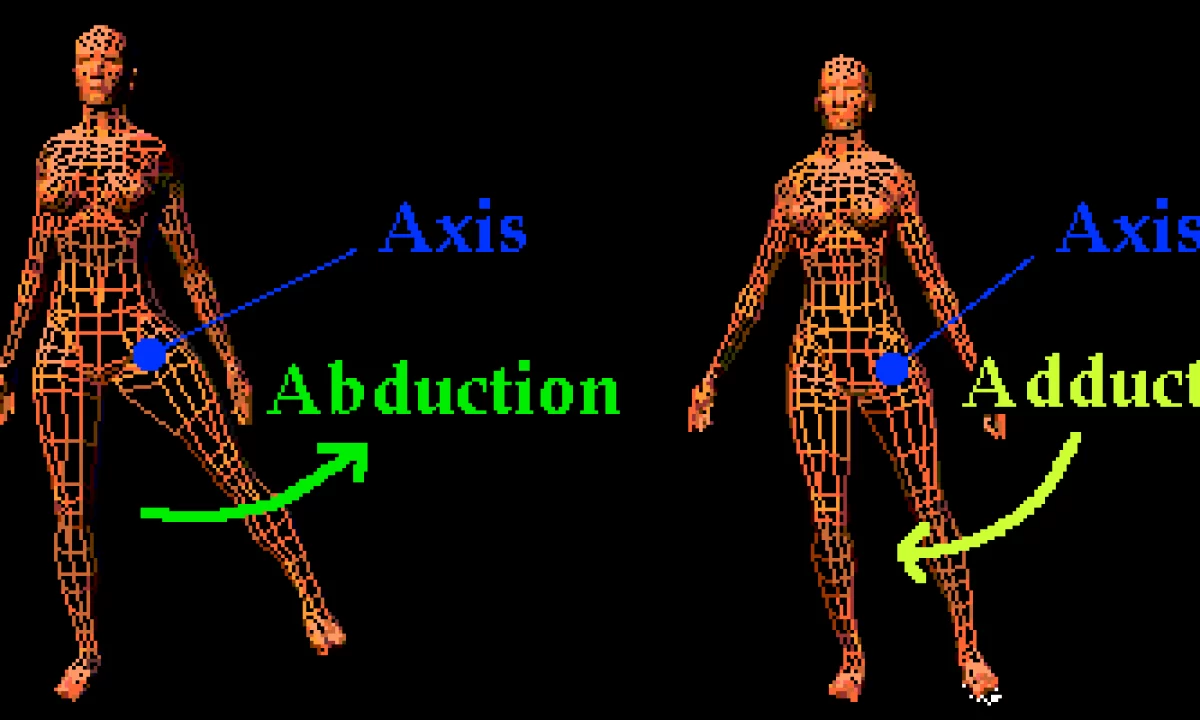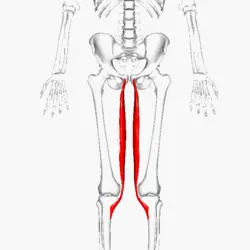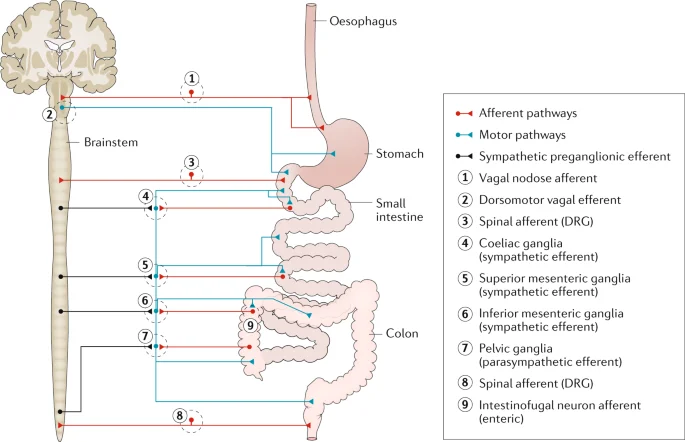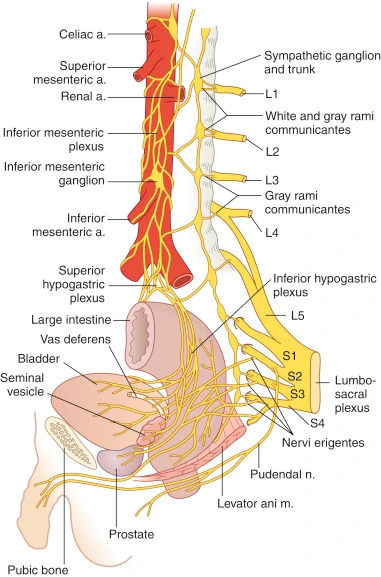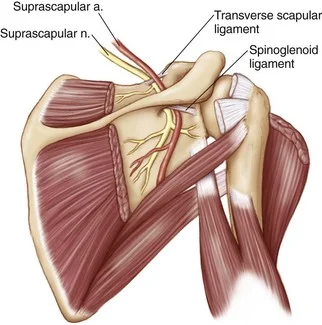Abduction vs. Adduction
What’s the Difference Between Abduction and Adduction?
Abduction and adduction are two terms used to describe movements in the body, particularly in relation to the limbs. They are often used in anatomical and medical contexts to describe the direction of movement around a joint. Here’s the difference between the two:
Abduction:
Abduction refers to a movement away from the midline of the body or the midline of a limb. It involves moving a body part, such as an arm or leg, away from the center of the body. For example, if you raise your arm out to the side, you are performing abduction of the arm. Similarly, if you spread your fingers apart, it is the abduction of the fingers.
Adduction:
Adduction, on the other hand, refers to a movement toward the midline of the body or the midline of a limb. It involves bringing a body part closer to the center of the body. For instance, when you bring your arm back down from an abducted position to your side, you are performing adduction of the arm. If you bring your fingers together after spreading them apart, it is adduction of the fingers.
In summary, abduction is moving away from the midline, while adduction is moving toward the midline. The terms are used to describe movements in various joints and body parts and are important concepts in anatomy, physical therapy, and medical practice.
Importance of Abduction vs. Adduction movement
Abduction and adduction movements are both important for maintaining proper functioning and mobility of the human body. Here’s why each of these movements is significant:
Importance of Abduction:
- Range of Motion: Abduction allows us to move our limbs away from the body’s midline, expanding the range of motion in various joints. This movement is crucial for performing daily activities like reaching, lifting objects, or even throwing a ball.
- Balance and Stability: Abduction helps in maintaining balance and stability. For example, when walking, the arms move in an alternating abduction pattern to counterbalance the leg movements and maintain equilibrium.
- Joint Health: Regularly performing abduction exercises can promote joint health by improving joint lubrication and circulation. It can help prevent joint stiffness and reduce the risk of injuries, especially in the shoulders and hips.
- Muscle Strengthening: Abduction engages specific muscles, particularly the deltoids in the shoulders and the gluteus medius in the hips. Strengthening these muscles is essential for overall upper body and lower body strength.
Importance of Adduction:
- Functional Movements: Adduction is essential for functional movements such as bringing objects close to the body or crossing the arms. It is also crucial in activities like hugging or clasping hands together.
- Posture and Alignment: Adduction plays a role in maintaining proper posture and alignment. For instance, the adductor muscles in the inner thighs help stabilize the pelvis and maintain a balanced stance while standing or walking.
- Joint Stability: Adduction movements help stabilize joints during certain exercises and activities, reducing the risk of dislocation or injury. For example, adductors help stabilize the hip joint during activities like running or jumping.
- Muscle Balance: A balance between abduction and adduction movements is essential for overall muscle balance around the joints. Imbalances between these movements can lead to muscle weaknesses or compensatory patterns, which may result in musculoskeletal issues.
In summary, both abduction and adduction movements are vital for the body’s proper functioning, mobility, and stability. A well-rounded exercise routine that includes a variety of movements, including abduction and adduction exercises, can help maintain joint health, improve muscle strength, and enhance overall physical performance.
Abduction vs. Adduction Exercise Examples
Some examples of abduction and adduction exercises for different body parts:
Shoulder Abduction and Adduction:
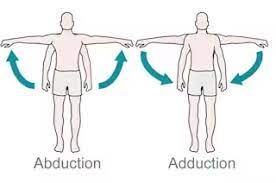
Abduction: Side lateral raises – Stand with feet shoulder-width apart, hold dumbbells in each hand, and raise your arms out to the sides until they are parallel to the ground.
Adduction: Shoulder fly – Sit or stand and bring your arms together in front of your body, holding dumbbells, and then open your arms out to the sides.
Hip Abduction and Adduction:
Abduction: Lateral leg raises – Lie on your side, with your legs stacked on top of each other. The top leg should be raised toward the ceiling and then returned back down.
Adduction: Inner thigh squeeze – Lie on your back with your knees bent. Place a small ball or cushion between your knees and squeeze your knees together.
Knee Abduction and Adduction:
Abduction: Lateral band walks – Place a resistance band around your ankles and take small steps sideways, keeping tension on the band.
Adduction: Seated leg adduction – Sit on a chair or bench and place a resistance band around your knees. Press your knees together against the band.
Finger Abduction and Adduction:

Abduction: Finger spread – Place your hand flat on a surface and then spread your fingers as wide as possible.
Adduction: Finger squeeze – Hold a soft ball or stress ball in your hand and squeeze it, bringing all your fingers together.
FAQs
How do you remember adduction vs abduction?
To remember the difference between adduction and abduction, you can use the following mnemonics or memory aids:
Spread your Wings:
Abduction: Think of “abduction” as spreading your limbs away from the body’s midline, just like a bird spreads its wings to fly away. “A” for “away” and “abduction.”
Add to the Body:
Adduction: Think of “adduction” as adding your limbs back to the body’s midline, similar to bringing your arms back to your sides after spreading them apart. “A” for “add” and “adduction.”
What is the difference between abduction and adduction elbow?
Motions of the limbs, fingers, toes, or thumb that involve medial-lateral motions that take place in the coronal plane are known as abduction and adduction motions. However, the Elbow joint has no abduction and adduction movement, Elbow has Flexion and Extension movement only.
What is the difference between abducted and adducted legs?
Adduction and abduction activities require moving your limbs away from your body, such as with side leg lifts, while adduction exercises involve pulling your limbs toward the midline of your body, as with inner thigh lifts.
Is jumping jacks adduction or abduction?
Abducting and adducting your arms and legs while jumping is what jumping jacks are all about!

